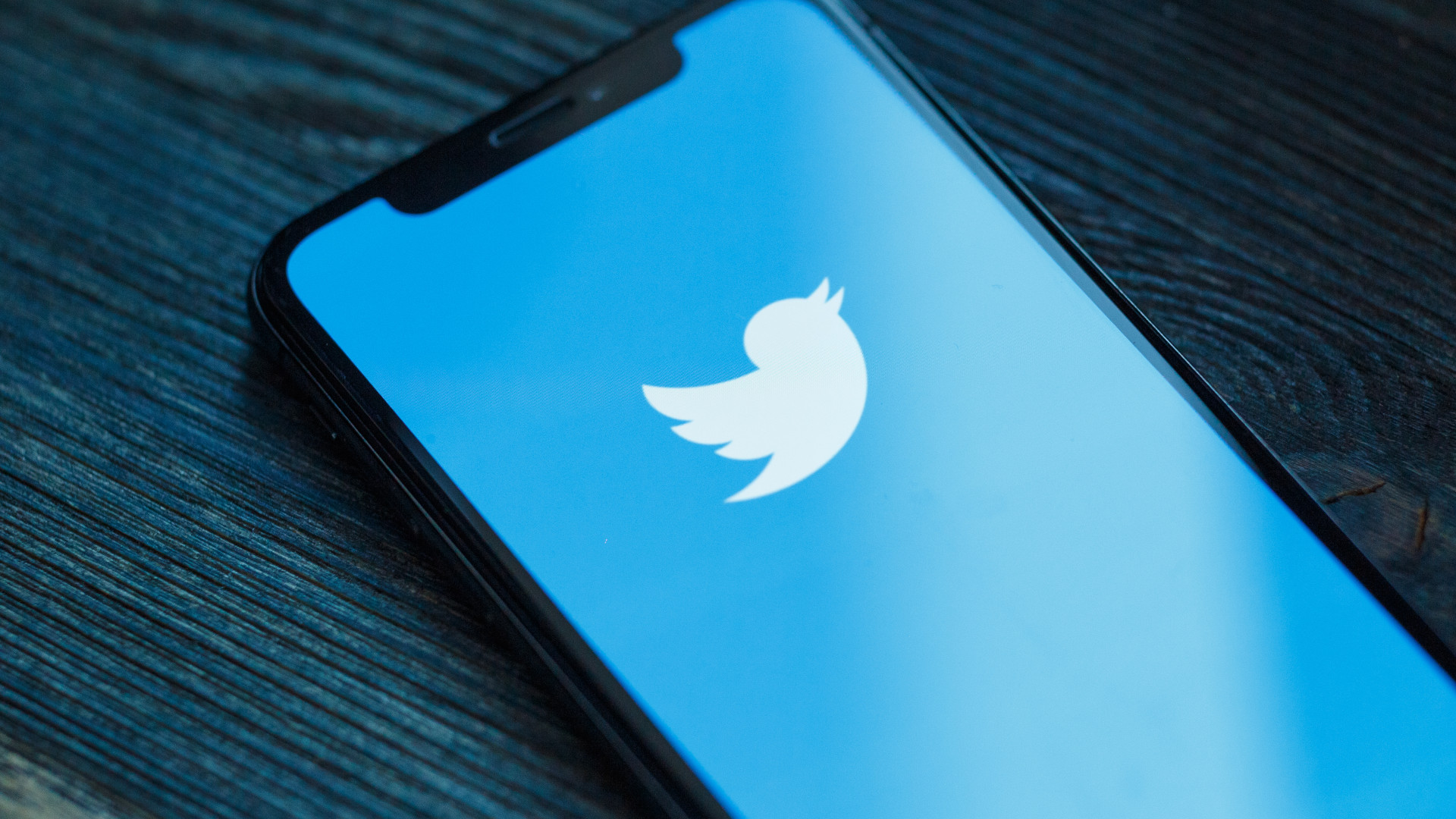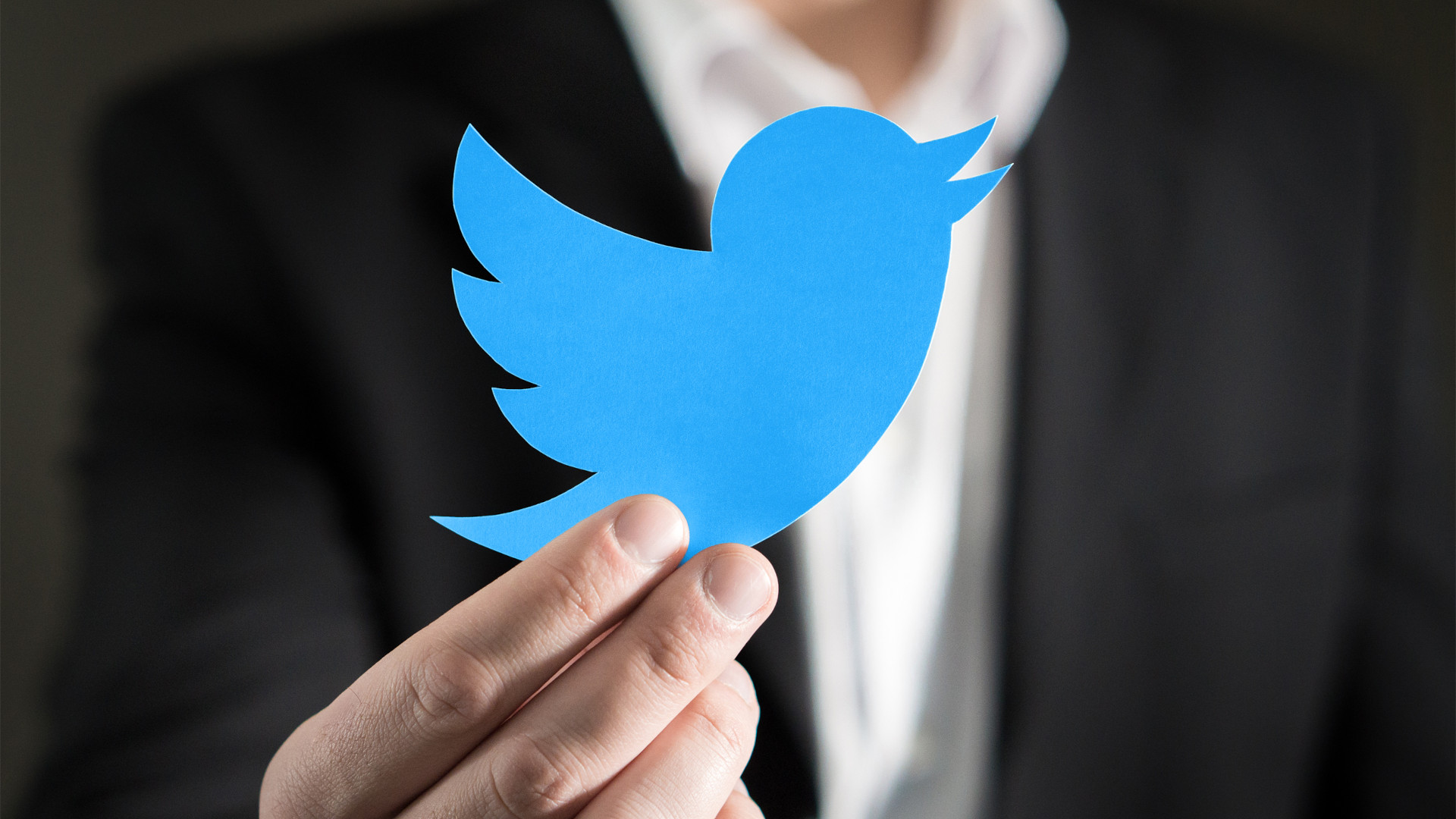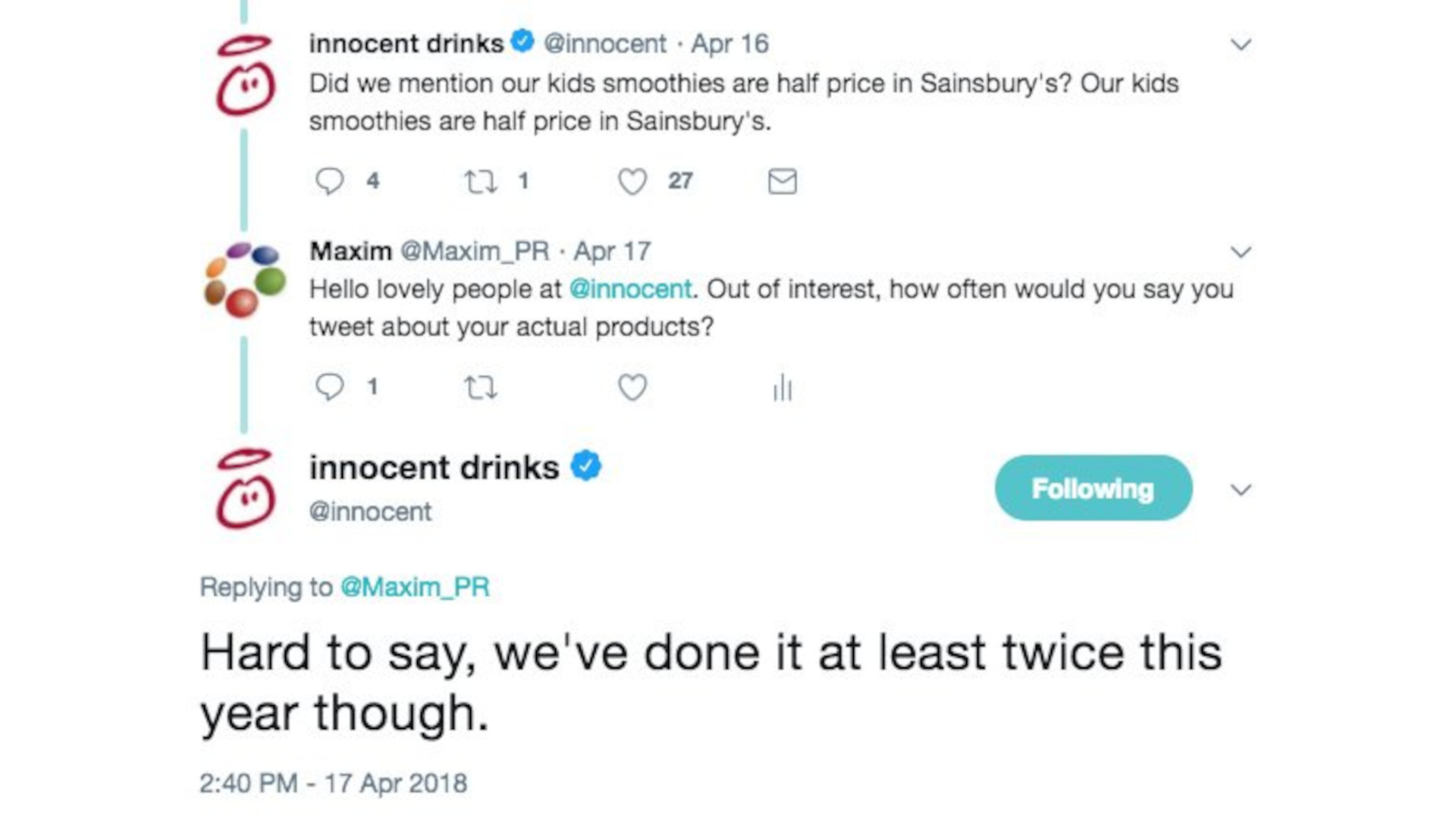How to master Twitter marketing
A little birdy told me...

At the last count, Twitter had around 206 million monthly active users, which gives you a huge community to which you can market your products just by bashing out 280 characters; the five minutes you spend waiting for a bus can become an opportunity to market your brand from your mobile phone. It’s not quite as simple as that, but the good news is that it really isn’t that much more complicated either.
Assuming you’re already familiar with Twitter, the mental gear-change that’s required to switch from using it for personal reasons to business marketing isn’t as pronounced as you might think.
Lots of people, when they start tweeting as a brand, get stiff and formal, and treat Twitter like it’s a one-way broadcast platform from which they can tell the world about their company. But your customers and potential customers are more likely to engage with your brand when it’s warm and passionate about the type of products it makes, and its business, too.
As well as building an audience organically, Twitter lets you reach people directly by buying ads. Just sign in with your Twitter account on the official Twitter Business site. Here you can run two kinds of campaigns. You either promote your account itself – the idea being you’ll get more of the right kinds of followers – or you promote specific tweets, so that you can spread the word about new products, sales and the like.
You decide how much you want to spend overall, and then target the sort of people you want to attract, such as by listing other Twitter usernames (competitors, for example) whose followers you’d like to be following you as well.
Strategic Planning

The most important thing is to decide what your strategy is. Why are you using Twitter as a marketing tool, and what do you hope to get out of it? Perhaps it’s specifically to drive sales, which is a valid and understandable reason, but be careful with your approach, because people dislike being hounded to buy things.
Maybe it’s to build up your brand’s personality. You may want to be part of a community of people and brands involved with a subject. Or you might simply want to share your passion for something with others. Your motivation is likely to be a mix of all those things and more. That’s fine, but make sure you have clearly defined your goal for marketing via Twitter.
Sign up to the TechRadar Pro newsletter to get all the top news, opinion, features and guidance your business needs to succeed!
Be prepared to adapt and refine your strategy as you go. Do so in response to customer engagement with your tweets, and as a reaction to broader trends on Twitter, in your marketplace and in the macroeconomic world, but do have a strategy to begin with. Regardless, your brand needs to have a personality and a human quality, so even before you start tweeting about your products, make sure you are establishing that personality.
Tweet behind-the-scenes glimpses of how your products are made, retweet stuff you think is interesting or cool, or make a meme. Don’t be afraid to be a little whimsical or irrelevant. Remember that it’s called ‘Twitter’, so not every tweet needs to be important or grand. Think about what sort of tweets you like to see and retweet, and try to replicate that sort of thing. Ultimately, people will only retweet you if they find your tweets funny, useful or interesting.
It’s usually a bad idea to hook up your Twitter account to an auto-post service that will tweet headlines and story snippets from your blog or news site. The results almost always feel impersonal and ill-fitting for what you are trying to achieve. Tweet the stories, sure, but craft the tweets by hand, and try to include a picture – it’s a great way to make tweets stand out. You can use any image, but for best results make your picture 1,024×512 pixels.
Assess your success

Don’t obsess about how many followers you have. Although it’s a useful metric, it isn’t the only one. Lots of accounts that have many thousands of followers have used some slightly shady tactics to acquire them, and the good news is that most of those followers aren’t actually valuable – or even real people in some cases.
It’s far better to have a small number of followers who engage with you and who can be persuaded to buy from your brand. If your tweets get more likes and retweets than an account with ten or a hundred times the number of followers you have, you’re doing it right. It’s important to use analytics services to get a clear idea of what you’re doing that works well.
Twitter provides simple analytics which can highlight successful tweets, and you don’t have to buy ads to use it. Followerwonk can, among other things, help you identify which followers are most influential. You might want to show them some special attention.
Meaningful followers
If you want to attract more real followers, you can do it either by just posting stuff that people will want to share to their followers or by more overt means. The latter often means paying to get your brand in front of followers, or by using something like a competition.
Be careful to list terms and conditions, and unless you state otherwise, be prepared to send the prize anywhere in the world. Here’s an example, which would have a picture attached: “Win our three best-selling organic beers: bathbrewco.com/threefaves Follow and RT to enter; ends 12 May 10am GMT.” Existing followers will retweet this, exposing the competition and the brand to new people, who might become new fans.
Avoid the ambiguity of digits in dates as this may cause confusion between the USA and the UK. If you mention a time, also state the timezone. Use Twitter to talk with customers, both existing and potential. Some will use your @username in their tweets, making it easy to respond to praise or criticism, but you can also keep an eye on more under-the-radar chatter by using Twitter’s search feature.
Simply searching for your business name can show up lots of irrelevant tweets, but you can string together operators to narrow the search. Visit the Twitter Help Center for details on how to do this. Responding to someone who is talking about but not to you might seem creepy, however, so bear that in mind when replying!
What makes a good account?

It’s a good idea to follow a few successful brand accounts on Twitter to learn their methods – but who should you follow?
Innocent Drinks is one of the best examples of a brand on Twitter. First and foremost, it has personality, and that’s reflected by everything it posts. Innocent tweets about promotions and partnerships, but always with cheery character, and engaging photos, videos and illustrations.
This stuff might seem irrelevant, but it’s what people retweet, and each appearance in a stranger’s feed is marketing in the brand’s tone. It’s all about engendering good feeling so that people will feel they have a relationship with the brand when presented with a choice of a supermarket’s own-brand orange juice or a more expensive bottle of Innocent.
What you don’t see as a follower of the account, unless you also follow a person it is talking to, is how actively the team responds to customers. Innocent is fortunate to be seen as a nice company, in part due to its efforts on social media. It proactively monitors Twitter for implicit and explicit mentions. Perhaps this is more PR than marketing, but it steers conversations and corrects what Innocent perceives to be misinformation about, say, the sugar content of its drinks.
It’s important that your marketing on Twitter is part of a broader and coherent campaign. For example, Innocent often sets up at a location to give away free smoothies, which it tells the wider world about using Twitter, which amplifies the message through retweets. Some of Innocent’s most successful tweets show a relentless focus on brand personality but note the focus on its products, too. Other non-traditional brand accounts include @betfairpoker, @duolingo and @arenaflowers.
The six rules of Twitter
Follow these six simple rules when you’re marketing your business using Twitter, to give your social media campaigns the best chance of success!
DO:
Be Authentic: If you remember nothing else from this section, remember this: we used to idolize ‘brands’ but now we’re suspicious of them, so don’t use corporate-speak. Be passionate, excited and friendly. In many cases, it’s better to be cheery and interested in the world around you than trying to appear professional – or, to put it another way, stuffy.
Engage: A common mistake with any social media network is to treat it as a broadcast medium. That is, people have stuff they want to tell the world about, so they just blast messages out. This may work in a very few cases, but most companies need to engage on a more personal level on Twitter. Reply to mentions of your brand, follow interesting people, and don’t forget to talk to them as well.
Use Analytics: You’ve likely got very good instincts about what your audience will be interested in, what time of day people are most active, and so on, but don’t rely solely on intuition. Analytics platforms such as Buffer, Social Flow and even Twitter’s simple analytics can help you understand what is successful, so you can do more of it.
It can't coley be a marketing channel: If the only thing your Twitter account is used for is to tweet news about your company, any real followers you manage to attract are likely to tire quickly and leave you. Tweet stuff that’s valuable and engaging for your audience, such as tips, funny stuff and, yes, even news from competitor brands. If they can trust you to bring them everything, they will stay.
Avoid negativity: If you get into an arguement in real life, few people will hear about it, and fewer still will see it for themselves. But on Twitter, any negativity can be retweeted in an instant, and if it’s juicy, people will share and talk about it. Your bad tweets can be redistributed just as easily as good ones, and the spread will take on a life of its own. The PR fallout can be disastrous.
Don't retweet praise (too much): We all like to be told we’re doing a good job, and retweeting the occasional bit of praise into your followers’ feeds can be helpful to remind them you’re a good brand, especially if it aligns with your strategic goals. However, think about this from the perspective of your followers. They didn’t follow you to hear how great you are
- We've also listed the best online marketing services.